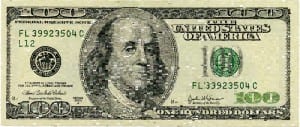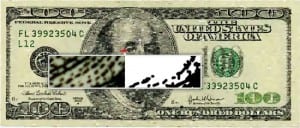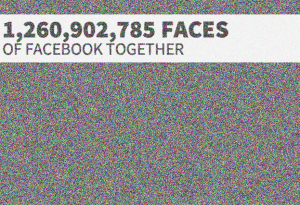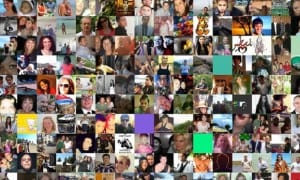For the Research and Development task we were asked to develop ideas for the 2015 Lincoln Frequency Festival. Although the festival caters for ‘art goers’ it also has a large family following and so must also appeal to more casual visitors to the festival. The festival’s manifesto is all about making digital available to everyone.
Challenge:
Come up with innovative, playful and engaging work to catch this High Street
audience. We want you to work with the realms of what’s possible. What’s around
you that you can use? Can you actually pull this idea off? Where would the work be
sited? How would it be presented to audiences?
Theme: the theme of this year’s festival is Liberation:
How apt in this the 800th anniversary of the signing of the Magna Carta that the internet is charged with debate our online rights to anonymity and equality. Moving forward are we to be considered equals, collaborating in an Utopian experiment to interconnect the world, or redefined as consumers to be channelled through a handful of retail portals whilst mined for commercially useful data?
For my initial research I decided to focus on looking into an aspect of digital media I have a previous interest in, collaborative exhibitions that rely on a large amount of people, each contributing a small amount towards a larger end goal.
I initially researched a digital media artist named Aaron Koblin as I had seen some of his previous work in one of my lectures. In a TED Talk, Koblin talks about Amazon’s Mechanical Turk, a crowdsourcing marketplace where online users can collaborate to complete tasks that artificial intelligence can not. Much of his own work relies on this philosophy of using online crowd sourced collaboration from hundreds or even thousands of people contributing to the final goal.
Single Lane Superhighway
This is one of Koblin’s previous work that grabbed my attention. Using a simple online drawing tool, contributors were asked to draw a car facing to the right which would be added to an online parade. The project was completed upon reaching 50,000 hand-drawn cars which continue to drive in a never-ending parade.
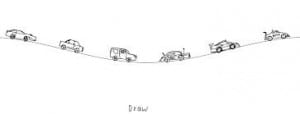
10,000 cents
This is another of Koblin’s projects that expands on the idea of outsourcing work to a huge online workforce. Using a custom online drawing tool, thousands of individuals working in isolation from one another painted a tiny part of a $100 bill without knowledge of the overall task. Workers were paid one cent each via Amazon’s Mechanical Turk distributed labour tool. The individual images were then compiled together to recreate the original image. Each individual image is available to view online.
http://www.tenthousandcents.com/
According to Koblin “The project explores the circumstances we live in, a new and uncharted combination of digital labour markets, “crowdsourcing,” “virtual economies,” and digital reproduction.”
The Johnny Cash Project
My favourite of Koblin’s projects however, is The Johnny Cash Project which he worked on with Director Chris Milk. Participants were each given a single frame of the music video for Johnny Cash’s song “Ain’t No Grave” and asked to recreate it using a simple online drawing tool. Each frame is then put together in sequence to create the video.
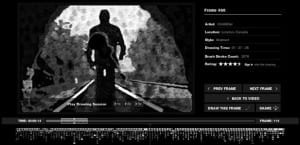
http://www.thejohnnycashproject.com/
I was really inspired by this project as I feel that the video has an almost organic, living feel to it. When put together, each drawing forms together to become a cohesive narrative however it also showcases the diversity of each individual artist. It showcases how collaboration between thousands of isolated individuals can create something incredibly powerful and it is a perfect tribute to such a well loved artist.
I also focused on the ‘Knowledge Sharing’ aspect of the festival’s manifesto:
Never before have we been able to step so completely into the lives of others. We
learn about each other via social media, the stories unfiltered by the established new
media portals.
The Faces of Facebook
I came across artist Natalia Rojas and her project The Faces of Facebook, a website and app that shows each of Facebook’s 1.2 Billion users on one page by creating a huge collage of every single Facebook profile picture. I found it interesting as it shows just how much the digital media and social networking has become a huge part of everyone’s lives.
http://www.thefacesoffacebook.com/
However it also highlights that on social media, people present the best, most desired version of themselves, rather than the real person. I found this interesting quote on Doclab.org:
“Facebook we are not who we are, but who we long to be – and the person that we want other people to see us. Dreamed identities”
I feel that an exhibition that explores these issues would fit well within the liberation theme of this year’s Frequency Festival
